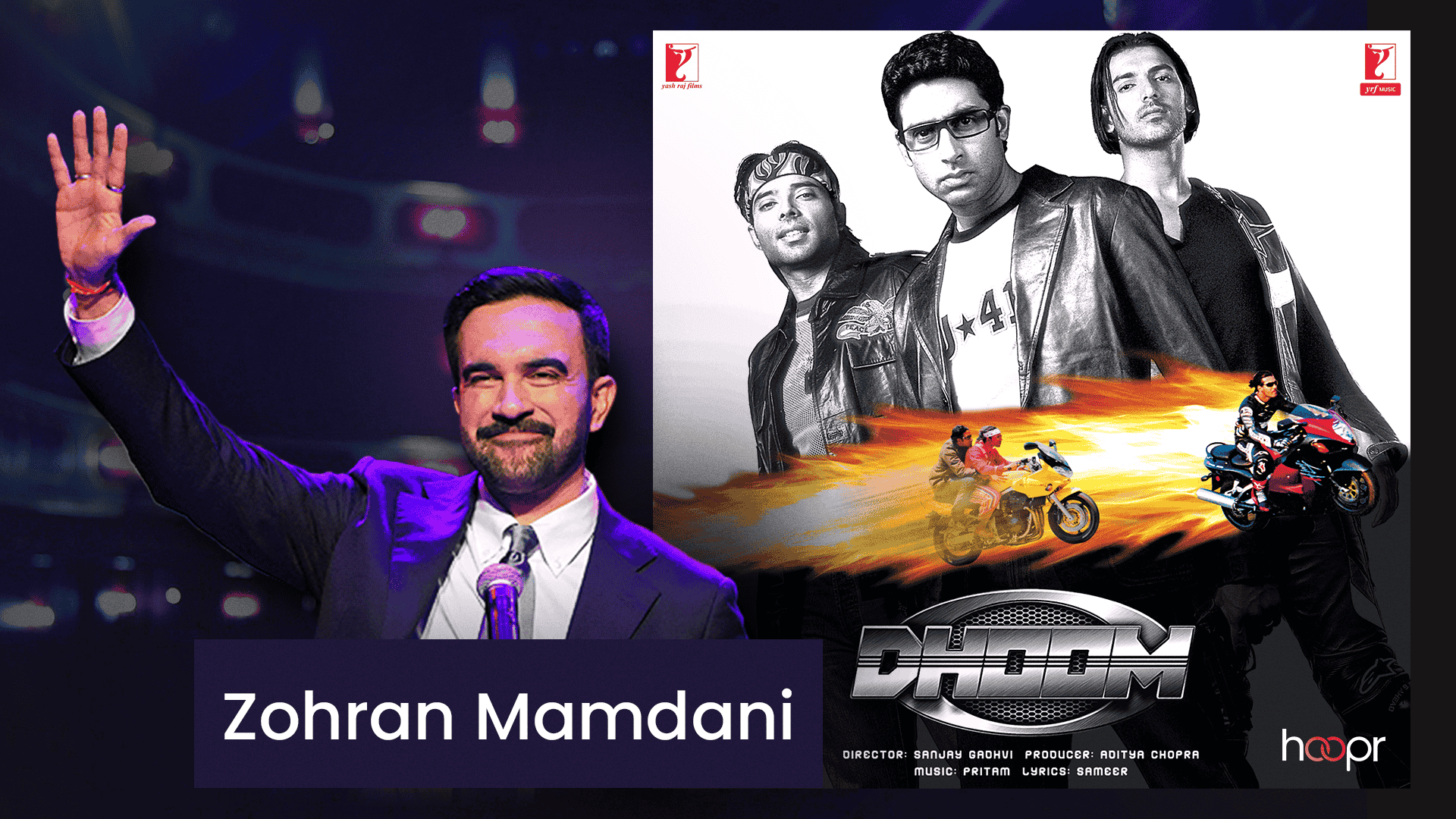Why global moments like these highlight the urgent need for music licensing awareness.
When New York City’s Mayor-elect, Zohram Mamdani, recently danced to Dhoom Machale at his Mayoral victory celebration, social media lit up with excitement. The clip went viral — Indian pride, Bollywood beats, and New York’s energy in one frame. But beneath the celebration hides a crucial, often-ignored question: did he (or the event organizers) have the rights to use that song publicly?
It might sound trivial — after all, it was just a fun cultural moment. But from a copyright and licensing standpoint, it’s not that simple.
The Hidden Complexity Behind a “Simple” Song
Dhoom Machale is a copyrighted track owned by Yash Raj Films Music (YRF Music) — one of India’s biggest music labels. Any public performance, event use, or digital upload that features the track requires proper licensing. This includes:
- Playing it at an event (public performance rights)
- Uploading a video with the song to social media (synchronization rights)
- Broadcasting or streaming it (communication to the public rights)
If permission hasn’t been obtained, it technically qualifies as unauthorized usage — even if the intent wasn’t commercial. In today’s connected world, where every event clip can go viral in seconds, these moments blur the lines between celebration and copyright violation.
“Dhoom Machale” is no ordinary track — it’s a cultural phenomenon
Released as part of Yash Raj Films’ blockbuster Dhoom franchise, the song embodies high-energy Bollywood glamour, A-list celebrity associations, and massive global recognition. It’s been streamed millions of times across platforms, used in over 1.4 million reels, featured in international dance shows, and remains a go-to anthem for high-octane performances. Because of its association with a major studio, premium production quality, and enduring recall value, “Dhoom Machale” commands a high licensing fee. Using it without clearance isn’t just a legal risk — it also undervalues one of India’s most iconic, exportable pieces of pop culture.
Global Culture, Local Compliance
As Indian music gains global traction, from Bollywood to independent artists, its copyright protection also travels. Labels and artists are becoming increasingly vigilant about how and where their music is used.
In fact, Indian and global labels are now deploying resources specifically to track unlicensed usage across social media, OTT, and event footage. The cost of ignoring copyright isn’t just legal — it’s reputational. For brands, creators, political parties and public institutions, a viral moment can quickly become a compliance crisis.
Looking at this trend domestically, a few years ago, a local government tourism campaign in India used a famous Hindi song as the background score for a promotional video — without obtaining rights from the music label. The video was later taken down after legal intervention by the label’s legal team.
Why Licensing Matters More Than Ever
Music licensing is not just about legal protection — it’s about respect, fairness, and sustainability.
- For artists and composers, it ensures they are fairly compensated for their work.
- For brands and organizations, it mitigates legal risk and protects reputation.
- For culture at large, it helps build an ecosystem where creativity is rewarded and protected.
Celebration With Compliance
So the next time a public figure, brand, or creator wants to use a hit Bollywood track, it’s worth taking that extra step to check the rights. A licensed performance not only supports the artist behind the song but also ensures that the celebration remains untainted by copyright complications.Because in the end, music should unite us — not entangle us in legal grey zones.



